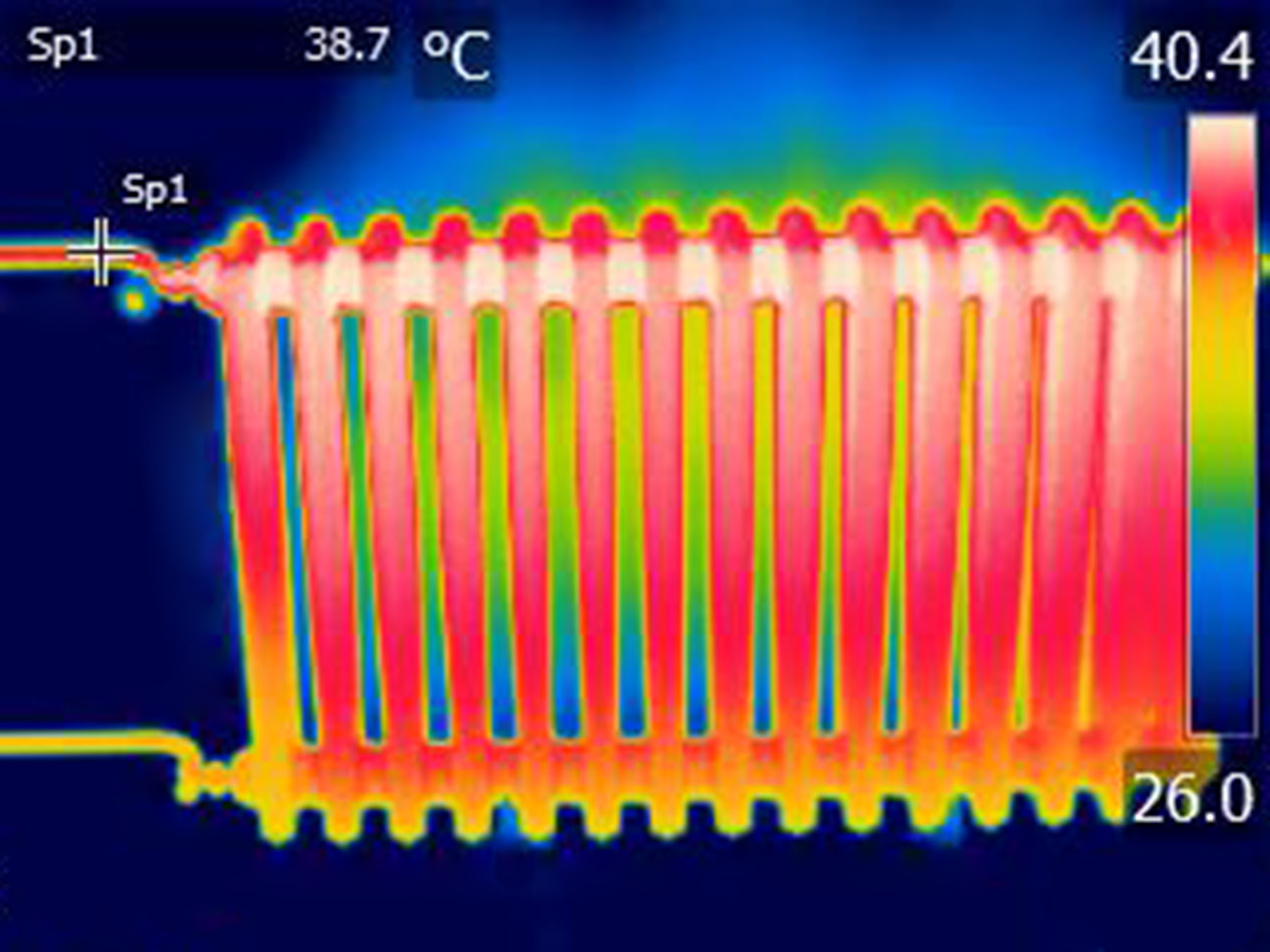
Berkeley Lab researchers explore using nanoscience to control heat radiation. (Credit: iStockphoto.com)
Planck’s Law, which describes electromagnetic radiation from heated bodies, forms the basis of quantum theory. However, with the advent of micro- and nanotechnology, it is easy to fabricate materials where Planck’s Law will not hold. In a study published in Nature Communications, researchers at Berkeley Lab set out to explore how deviations from Planck’s Law could impact energy-related technologies based on nano- and micro-structured geometries.
“Nobody has explored the relative behavior of nano-geometries, particularly anisotropic nano-geometries—nanostructures that are rectangular in cross-section—in this way,” said Ravi Prasher, one of the authors.
Imagine a thermal storage material that converts electricity to heat and then radiates it to a photovoltaic cell to get the electricity back when desired. The radiative emitter from the thermal storage could be made from nanostructures to maximize the performance. The team of researchers from Berkeley Lab and UC San Diego used the radiation models available at Berkeley Lab’s Molecular Foundry to model the thermal radiation from rectangular nanoribbons of silica glass, a polar dielectric material. Practical applications for this early-stage energy conversion are important for many renewable energy applications, such as concentrated solar electricity production, water desalination, thermochemical reactions, water heating, and thermal storage.
Read the full story here.